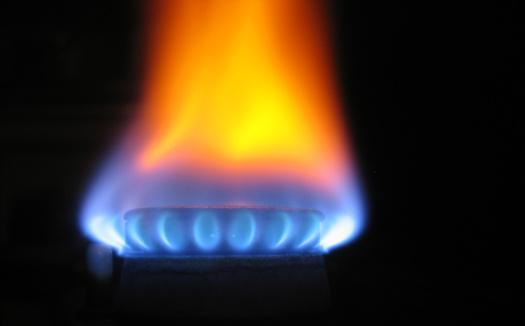The growth of new uses for gas up to 2025 in the EU will depend mostly on market aspects such as pricing, taxation, infrastructure availability and the commitment of the industry rather than regulation, according to the study Regulatory implications of new developments in the gas supply chain published today by ACER. The report –commissioned to Kantor consultancy- finds that the use of gas for road transport is expected to experience the highest growth as it represents a price competitive alternative that allows meeting stricter EU emission requirements.
The report assesses whether a series of new developments in the gas supply chain might create prospects for the increase of gas consumption in the EU. The study examined the market barriers and the regulatory arrangements which may affect their expansion. The study’s results and recommendations will provide input for the ACER’s updated Gas Target Model.
Land and water transport
The use of gas for road transport is identified as the development that will have a strong effect in the medium-term. The final gas tax regime in comparison to other fuels and the availability of infrastructure -filling stations- will be crucial for their expansion. Some regulatory aspects such as the access regime to LNG filling stations need to be carefully addressed as they will impact in the competition level.
The use of Liquefied Natural Gas for water transport is another promising potential option, which, however, will depend on the cost for retrofitting the vessels and on the availability of sufficient bunkering infrastructure to allow ships refueling. This last aspect is one where regulatory implications may play a role.
Other potential uses of gas
Production and storage of gas by non-conventional means (power-to-gas) is currently at a pilot development phase. Its major commercial deployment is expected for the medium-term, for absorbing curtailed renewable energy and acting as a balancing tool in the electricity market. The perceived main barriers for this new development are of technological and economic nature; nonetheless the regulatory framework for the insertion of either hydrogen or synthetic methane in the network, the rules for connecting to the electric system and more clarifications about the operational regime of the facilities should be clarified by regulators.
Deliveries of gas to final consumers with non-piped means could bring new market opportunities and enhance security of supply of remote areas. The licensing obligations and the rules for setting of a fair and competitive framework both among virtual suppliers and also between network and virtual supplies are the most important regulatory aspects to be addressed. Non-discriminatory schemes governing the access regimes to both loading (LNG case) and filling station facilities are considered key for enabling fair competition.



